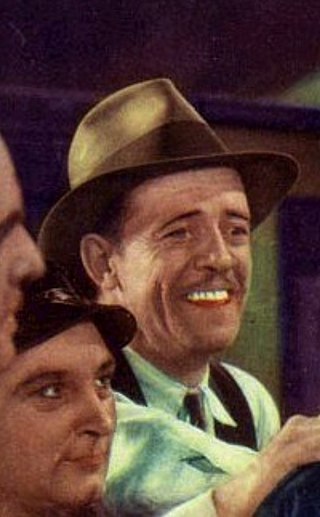
Tom London was an American actor who played frequently in B-Westerns. According to The Guinness Book of Movie Records, London is credited with appearing in the most films in the history of Hollywood, according to the 2001 book Film Facts, which says that the performer who played in the most films was "Tom London, who made his first of over 2,000 appearances in The Great Train Robbery, 1903. He used his birth name in films until 1924.

Noah Lindsey Beery was an American actor often specializing in warm, friendly character roles similar to many portrayed by his Oscar-winning uncle, Wallace Beery. Unlike his more famous uncle, however, Beery Jr. seldom broke away from playing supporting roles. Active as an actor in films or television for well over half a century, he was best known for playing James Garner's character's father, Joseph "Rocky" Rockford, in the NBC television series The Rockford Files (1974–1980). His father, Noah Beery, enjoyed a similarly lengthy film career as an extremely prominent supporting actor in major films, although the elder Beery was also frequently a leading man during the silent film era.

Tom Tyler was an American actor known for his leading roles in low-budget Western films in the silent and sound eras, and for his portrayal of superhero Captain Marvel in the 1941 serial film The Adventures of Captain Marvel. Tyler also played Kharis in 1940's The Mummy's Hand, a popular Universal Studios monster film.

Lane Chandler was an American actor specializing mainly in Westerns.

Robert E. Bray was an American film and television actor known for playing the forest ranger Corey Stuart in the CBS series Lassie, He also starred in Stagecoach West and as Mike Hammer in the movie version of Mickey Spillane's novel My Gun Is Quick (1957).
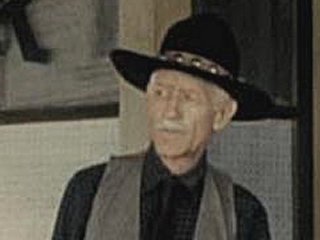
Earl Dwire, born Earl Dean Dwire, was an American character actor who appeared in more than 150 movies between 1921 and his death in 1940.
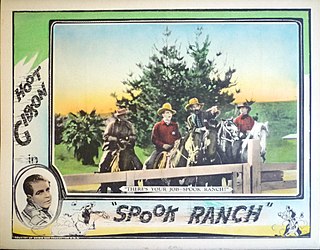
Frank Rice was an American film actor. He appeared in more than 120 films between 1912 and 1936. He was born in Muskegon, Michigan, and died in Los Angeles, California of hepatitis. Rice was educated in Portland, Oregon.
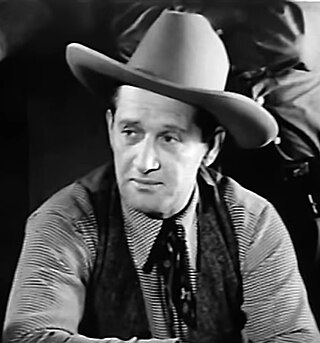
John Samuel Ingram was an American film and television actor. He appeared in many serials and Westerns between 1935 and 1966.
William Anton Gittinger, best known as William Steele, was an American actor of small roles in Westerns, particularly those of John Ford.

Robert Donald Walker was an American film actor. He appeared in more than 200 films between 1913 and 1953. He was born in Bethlehem, Pennsylvania and died in Los Angeles.

George Newell Chesebro was an American film actor. He appeared in more than 400 films between 1915 and 1954. He was born in Minneapolis, Minnesota and died in Los Angeles, California.
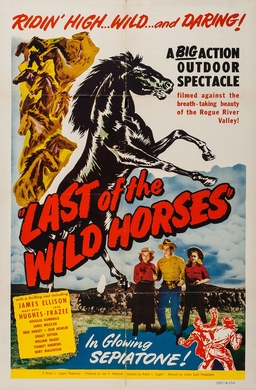
Last of the Wild Horses is a 1948 American Western film directed by Robert L. Lippert and starring James Ellison, Mary Beth Hughes and Jane Frazee.
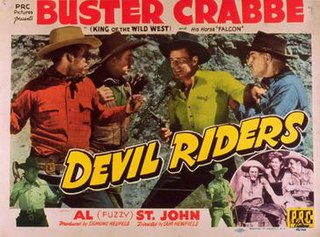
Devil Riders is a 1943 American Western film directed by Sam Newfield. It was the first film in Producers Releasing Corporation's Billy the Kid film series where Crabbe changed his name to "Billy Carson".
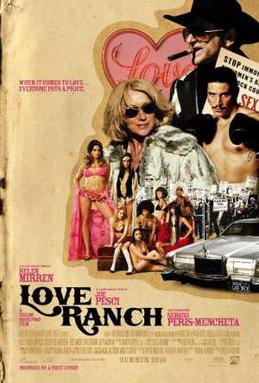
Love Ranch is a 2010 American drama film directed by Taylor Hackford and starring Helen Mirren, Joe Pesci, Sergio Peris-Mencheta, Gina Gershon and Bryan Cranston. It was written by Mark Jacobson.
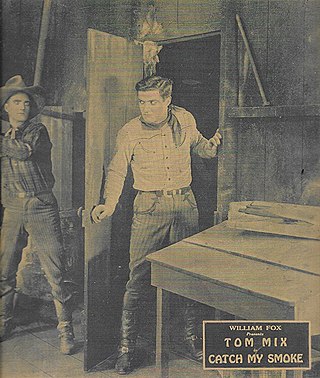
Catch My Smoke is a 1922 American silent Western film directed by William Beaudine, based on the novel Shoe-bar Stratton by Joseph Bushnell Ames. It stars Tom Mix, Lillian Rich, and Claude Payton.
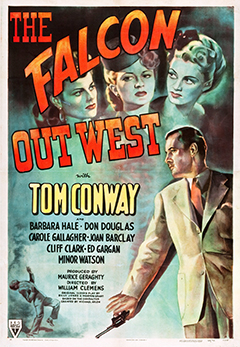
The Falcon Out West is a 1944 American mystery film directed by William Clemens and starring Tom Conway, Joan Barclay and Barbara Hale. The film was part of RKO's The Falcon series of detective films, this time, a murder set in Texas.

Border G-Man is a 1938 American adventure film directed by David Howard and written by Oliver Drake. The film stars George O'Brien, Laraine Day, Ray Whitley, John Miljan and Rita La Roy. The film was released on June 24, 1938, by RKO Pictures.
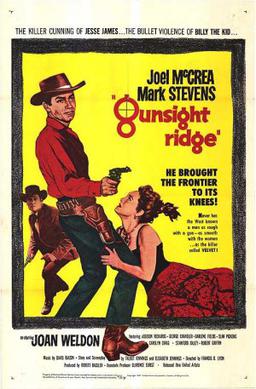
Gunsight Ridge is a 1957 American Western film directed by Francis D. Lyon and written by Talbot Jennings and Elisabeth Jennings. The film stars Joel McCrea, Mark Stevens, Joan Weldon, Addison Richards, Darlene Fields and Carolyn Craig. The film was released in September 1957, by United Artists.

Bison Film Company, also known as 101 Bison Film Company, is an American film studio established in 1909 and disestablished in 1917.
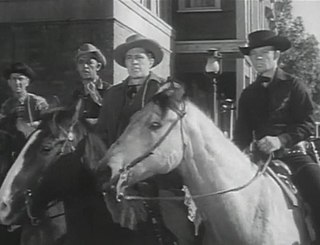
Luther Palmer was an American film and television actor. He appeared in over 300 films and television programs between 1929 and 1962.



















